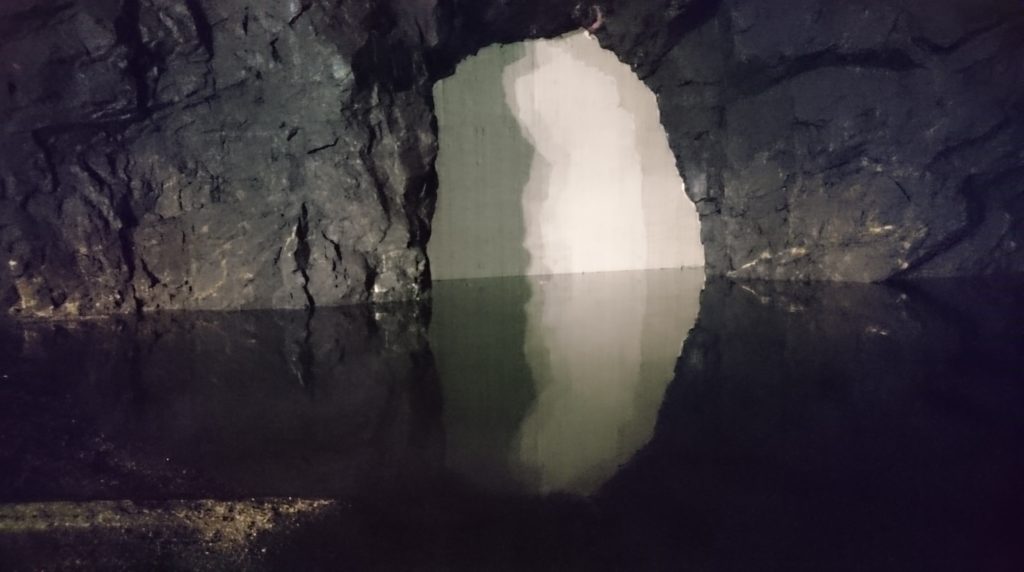An innovative solution enables large-scale storage of renewable district heating

Two huge rock caverns. One is now filled with water and together the two will act as an accumulator tank and increase the CHP plant’s capacity to supply district heating to the inhabitants of Hudiksvall. FVB has been entrusted with designing the controls and developing a functional description. FVB is also responsible for commissioning and calibrating the plant.
The rock cavern, which is owned by Hudiksvall Municipality and was formerly a storage site for oil, has been unused for 30 years. There have been discussions in the municipality regarding how to best utilize the space. Out of that discussion, the idea of using the huge rock caverns as heat storage was born, each of which are 200 meters long, 18 meters wide, and 25 meters high. The rock caverns are now leased by Värmevärden, which runs the CHP plant in Hudiksvall.
New solution
The function of an accumulator is usually based on the premise that the water is stratified by height with hot water at the top and cold water at the bottom. The water is layered based on the temperature of the water.
Because the rock caverns are long and narrow, it was doubtful that sufficient layering would occur. So a new solution had to be found.
“The answer to the problem was to always use one room for hot water and one for cold. When the accumulator is discharged, the cold rock cavern is filled with water and the hot one emptied. When the rock cavern is to be filled, the cold water is pumped to the hot rock cavern via a heat exchanger. When the accumulator is fully filled, the hot rock cavern is thus filled with hot water and the cold one emptied,” says Stefan Svedlund, who is responsible for FVB’s work in the project.
Stefan also reports that the pump in the hot rock cavern is a hydraulically-driven submersible pump that weighs about 1.8 tons. The rock caverns are 90,000 cubic meters each.
“The rock cavern is used to be able to run the boiler at a medium load, which is most economically and environmentally advantageous,” Stefan explains.
The starting point is the production in the CHP plant’s boiler, which is adjacent to the rock caverns. From here, heat is added or removed from the rock cavern.
The rock cavern will greatly reduce the need for the Kotorget peaker plant and the use of tall oil, as well as increase the production of renewable electricity.
Valuable knowledge for other customer projects
How the power block and turbine will interconnect needs to be described in a functional description, which is one of FVB’s assignments. Stefan thinks there are many exciting parts of this project and the lessons learned can be applied to future projects.
“The alpha value of the turbine, i.e. the relation between the electricity and heat production, has been of great importance in the design of the regulator concept. What you lose in alpha value when you fill up the rock cavern, you will get back when you empty it. This happens through the regulator maintaining the lowest possible temperature after the turbine condensers, in order to get the desired supply temperature.
FVB is also involved in the upcoming commissioning of the plant.
“Getting insight into this solution has been interesting and it will be exciting when everything has been commissioned,” he finishes.
More information:
Stefan Svedlund, 021-81 80 40


